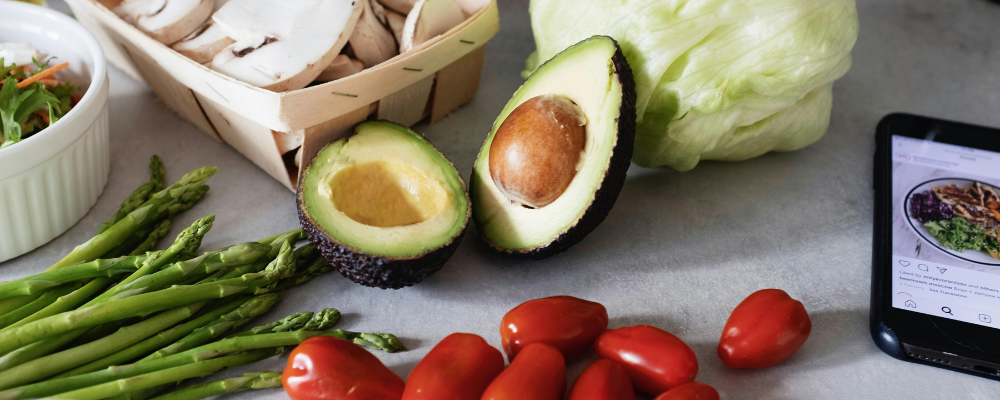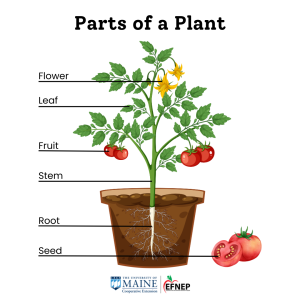
Ask EFNEP: Is a Tomato a Fruit or a Vegetable?
— By Laurie Colton, EFNEP Community Education Assistant in Northern Aroostook County, University of Maine Cooperative Extension
This blog post is a part of our “Ask EFNEP” series where members of UMaine Cooperative Extension’s Expanded Food and Nutrition Education Program (EFNEP) answer questions they are asked when delivering food and nutrition programs.
Question: Is a tomato a fruit or a vegetable?
When I am teaching in a school about the fruit and vegetable groups, students are confused whether tomatoes and avocados are a fruit or a vegetable. I usually answer that question this way: scientifically tomatoes and avocados are fruits, but according to USDA’s MyPlate, they are considered vegetables (MyPlate).
Confusion over what is a fruit and what is a vegetable is not new. According to David Handley, University of Maine Cooperative Extension’s Vegetable & Small Fruit Specialist, “It’s all about context; in terms of marketing and culinary use, “vegetables” historically include many fruits (tomatoes, peppers, beans, peas, etc.), and are used for nutritional and savory purposes. Whereas “fruit” is marketed and purposed as dessert items, i.e. valued for their sweetness and not as a main course. However, if you are discussing things from a botanical perspective, then yes, seed-bearing organs are indeed fruit. So, some vegetables are fruit, but not all fruits are vegetables.”
Botanically, a tomato is a fruit because it is seed-bearing. However, tomatoes are often used in savory recipes and meals like tomato sauce or salad. So tomatoes are typically used as a vegetable. Avocados are another example of a fruit that is used in a savory dish, such as guacamole or in a salad.

Looking at the figure above, you can see there are multiple parts of a plant. There is the flower, leaf, fruit, stem, root, and seed. Fruit grows from the flower of a plant and contains seeds, while vegetables consist of roots, stems, and leaves. When you break down what fruits and vegetables are botanically you might be surprised, here are some examples.
| Flowers | Leaves | Fruit | Stems | Roots | Seeds |
|---|---|---|---|---|---|
| Broccoli Cauliflower |
Beet Greens Cabbage Kale Leek Lettuce Spinach Swiss Chard |
Acorn Squash Apples Bell Pepper Berries Cucumber Melons Pears Squash Sweet Corn Tomato Zucchini |
Asparagus Celery Potatoes Rhubarb |
Beets Carrots Parsnips Radishes Rutabaga Turnip |
Corn Peanuts Peas Sunflower Seeds |
Overall, if it’s served with a meal, it’s typically considered a vegetable. If it’s sweet or tart and eaten as a dessert, it’s typically considered fruit according to USDA’s guidelines (USDA).
For some great recipes using tomatoes and avocados check out the Mainely Dish videos and Cooperative Extensions publication below.
- Bulletin #4178, Vegetables and Fruits for Health: Tomatoes
- Fajitas
- Make-Ahead Mexican Roll-Ups
- Winter Salad with Citrus Vinaigrette
